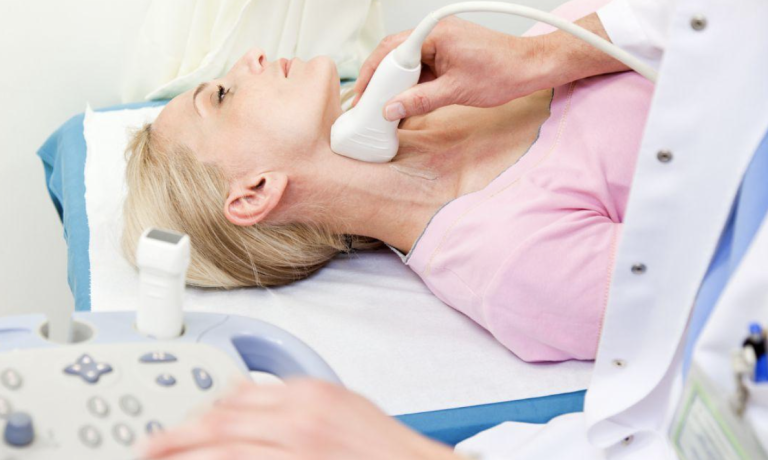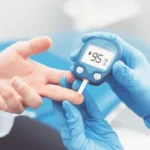Cardiologists are doctors who focus on the heart and blood vessels. They diagnose and treat various conditions, such as high blood pressure and irregular heartbeats. When you visit a cardiologist, they might suggest specific tests to assess your heart health. A stress test shows how your heart performs during physical activity:
1. Evaluates Chest Pain
One primary reason a cardiologist may suggest a stress test is to evaluate the cause of chest pain or discomfort. This type of evaluation helps determine if the pain is related to your heart. During the test, you may be asked to walk on a treadmill or ride a stationary bike. The intensity of the exercise gradually increases.
Throughout this process, medical staff will monitor your heart’s activity. They will keep track of your heart rate, blood pressure, and the electrical signals in your heart using an electrocardiogram (ECG). The information helps your doctor see how your heart responds to the demands of physical activity.
This observation allows them to check for signs of reduced blood flow to the heart muscle. If any irregularities are detected during the test, your doctor may recommend further evaluations or treatments to address the issue. It is a safe and controlled procedure designed to provide valuable insights into your heart health.
2. Uses Tracers
In some cases, a nuclear stress test is performed, which involves the use of a radioactive substance called a tracer. This material is injected into your bloodstream through an IV in your arm. The tracer travels through your blood and into your heart muscle.
A special camera detects the radioactive energy from the tracer. This camera takes pictures of your heart, showing how well blood is flowing through its different parts. The images are taken both while you are at rest and after you have exercised. This tracer helps highlight areas of the heart muscle that may not be receiving adequate blood flow.
3. Boosts Blood Flow
The primary purpose of the exercise portion of a stress test is to make your heart work harder and increase blood flow. Physical activity causes your heart to pump more blood to meet your body’s increased demand for oxygen. This response is what your cardiologist wants to observe. By pushing your heart to work harder in a controlled setting, they can see how it functions under stress. If you are unable to exercise, a doctor may use a medication. These typically mimic the effects of exercise on the heart.
4. Compares Rest and Stress
A key part of the stress test is the comparison of your heart’s function at rest versus during exercise. Before you begin the exercise portion, the medical team may take baseline measurements. This includes recording your resting heart rate, blood pressure, and taking initial ECG readings or images of your heart. After you have completed the exercise or after the medication has taken effect, another set of measurements and pictures is taken. Your cardiologist then compares the results side-by-side.
Schedule a Visit With a Cardiologist
Understanding what a stress test involves can help you know what to expect during your appointment. This test shows your cardiologist how your heart responds to physical activity. If you have questions about your heart health or the test itself, talking to a medical professional is a good idea. Contact a clinic to schedule an appointment and find out if stress testing is proper for you.















